News:
Brokerage
Posted: October 27, 2008
RIT CAST Building receives LEED-Gold cert. from USGBC
The Rochester Institute of Technology (RIT) College of Applied Science and Technology (CAST) building has been awarded Leadership in Energy and Environmental Design (LEED) Gold Certification by the U.S. Green Building Council (USGBC). LEED is a third-party certification program and the nationally accepted benchmark for the design, construction and operation of high performance green buildings. The RIT CAST Building is one of the only college and university buildings in the state to earn this level of recognition.
SWBR Architects, the architect-of-record for the project, coordinated the project's sustainable design efforts, working closely with RIT and the College of Applied Science and Technology. Design for the facility started in March 2006 and the CAST Building officially opened in April of this year.
In earning this LEED-Gold rating, RIT practiced careful management of stormwater in its site development through the establishment of a natural wet pond on the campus. The project team used high quantities of renewable and recyclable materials in construction and utilized an array of measures to improve indoor air quality for the occupants. The CAST building saves approximately 70% of the water used by a comparable facility through the capture and reuse of rainwater and saves over 21% of the building's typical energy use - that is enough to power approximately 47 average New York homes.
The CAST building also utilizes a "green cleaning" program, has integrated this building as a teaching tool within the college curriculum and is currently putting the final touches on a multimedia educational display for students and visitors that includes a vertically planted, vegetated "green wall."
The LEED Rating System promotes a whole-building approach to sustainability by recognizing performance in five key areas of human and environmental health: sustainable site development, water savings, energy efficiency, materials selection and indoor environmental quality. The CAST building was awarded LEED-Gold certification because it incorporates many economical and environmental, energy-saving aspects, which include the following:
* Rainwater is captured, filtered, and stored in two 1500-gallon cisterns, and then used to flush toilets in the building, reducing the demand for the clean, municipal water, typically used for these purposes. Combined with other water-saving measures used in the building, this saves CAST roughly 70% of the water typically required for this type of building;
* The CAST Building encourages alternative transportation through bicycling and commuting utilizing low-emitting and fuel-efficient vehicles;
* RIT created a wet pond to manage stormwater quantity and quality, and in doing so, established a natural wetland-type habitat that promotes biodiversity;
* The CAST Building utilizes a "cool roof" which reduces heat gain and the demand for energy to cool the building;
* Exterior views are provided for over 90% of the building's occupants;
* A high degree of recycled content products were used in the building, reducing the demand for virgin materials, as well as many regionally available materials, reducing the transport of materials to this project site and supporting regional businesses.
* Daylighting sensors and occupancy controls are included to reduce the need for electrical lighting and to use natural light when it is available.
* The building earned credit for its Enhanced Commissioning practices which fine tune and coordinate the building's systems, assuring that the building will perform at the level to which it was designed.
* Low-VOC (Volatile Organic Compound) paint, carpet and adhesive materials were used throughout the project to reduce odorous, irritating and/or harmful contaminants and improve air quality for installers and occupants.
* RIT applies its new "green cleaning" practices and policies at the CAST Building.
* The CAST Building itself has been incorporated as part of the RIT curriculum, earning an "Innovation Credit" for utilizing the building as a teaching tool.
* A public, multimedia educational display is included, which includes a vertically planted, vegetated "green wall."
Tags:
Brokerage
MORE FROM Brokerage
Horizon Kinetics relocates new headquarters to Tishman Speyer’s Rockefeller Center
Manhattan, NY According to Tishman Speyer investment boutique Horizon Kinetics Asset Management LLC will relocate its current New York office to 18,713 s/f on the 27th floor of 1270 Avenue of the Americas at

Quick Hits
Columns and Thought Leadership

AI comes to public relations, but be cautious, experts say - by Harry Zlokower
Last month Bisnow scheduled the New York AI & Technology cocktail event on commercial real estate, moderated by Tal Kerret, president, Silverstein Properties, and including tech officers from Rudin Management, Silverstein Properties, structural engineering company Thornton Tomasetti and the founder of Overlay Capital Build,

Behind the post: Why reels, stories, and shorts work for CRE (and how to use them) - by Kimberly Zar Bloorian
Let’s be real: if you’re still only posting photos of properties, you’re missing out. Reels, Stories, and Shorts are where attention lives, and in commercial real estate, attention is currency.

Lasting effects of eminent domain on commercial development - by Sebastian Jablonski
The state has the authority to seize all or part of privately owned commercial real estate for public use by the power of eminent domain. Although the state is constitutionally required to provide just compensation to the property owner, it frequently fails to account
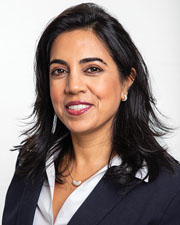
Strategic pause - by Shallini Mehra and Chirag Doshi
Many investors are in a period of strategic pause as New York City’s mayoral race approaches. A major inflection point came with the Democratic primary victory of Zohran Mamdani, a staunch tenant advocate, with a progressive housing platform which supports rent freezes for rent


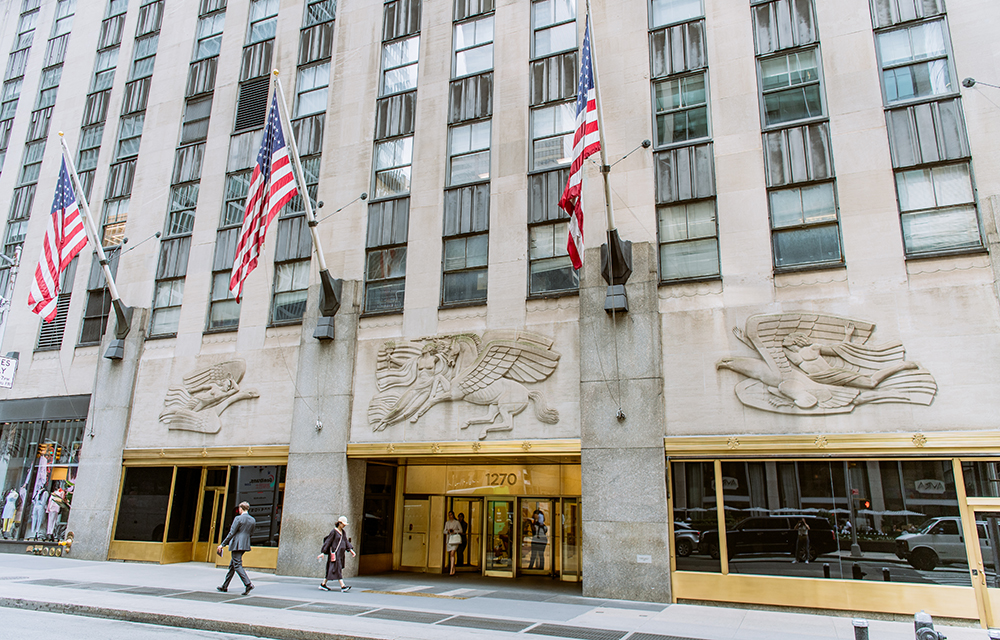
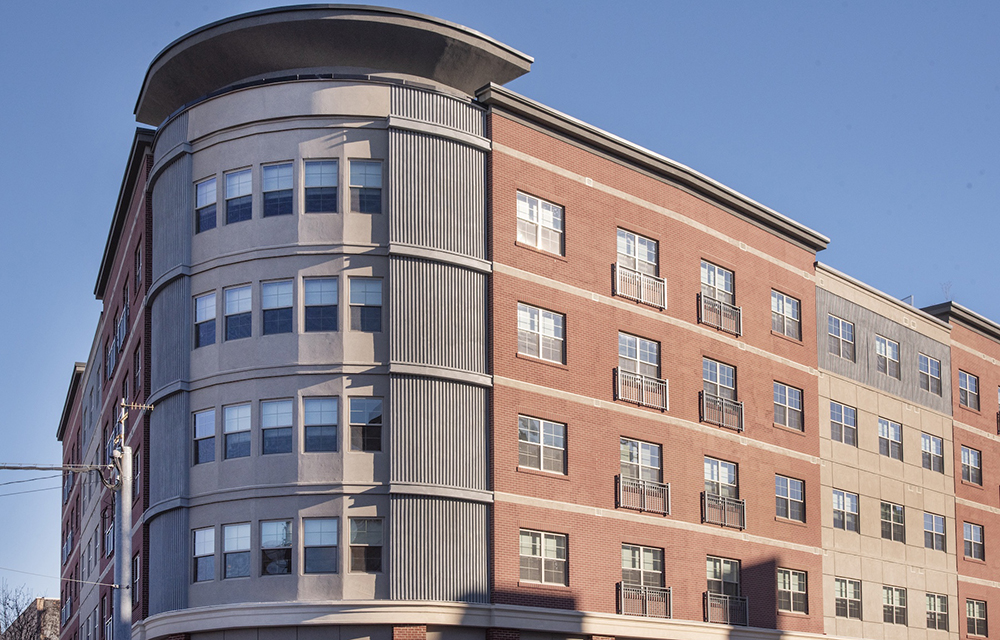
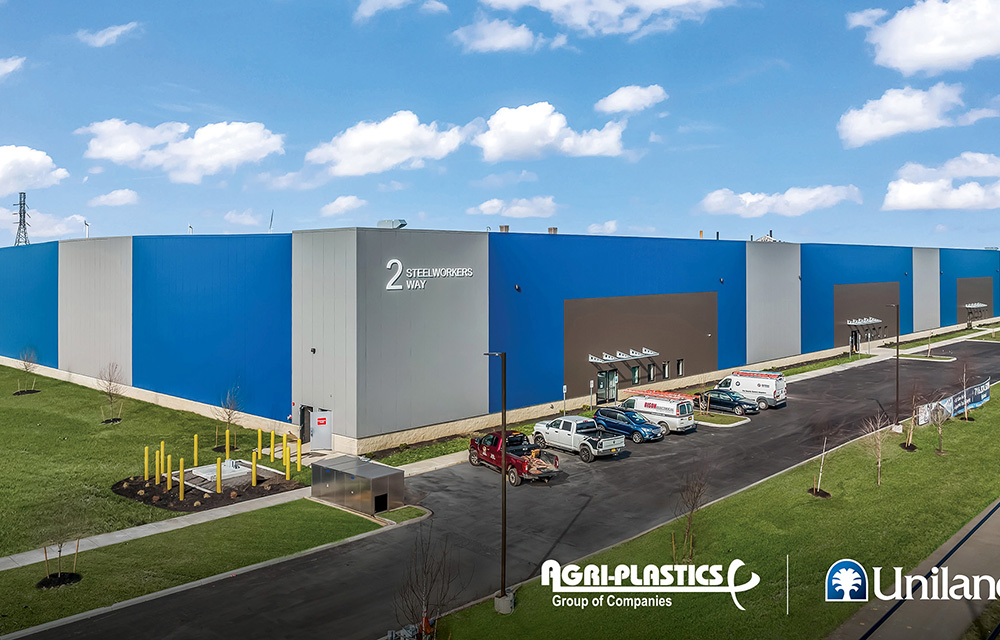
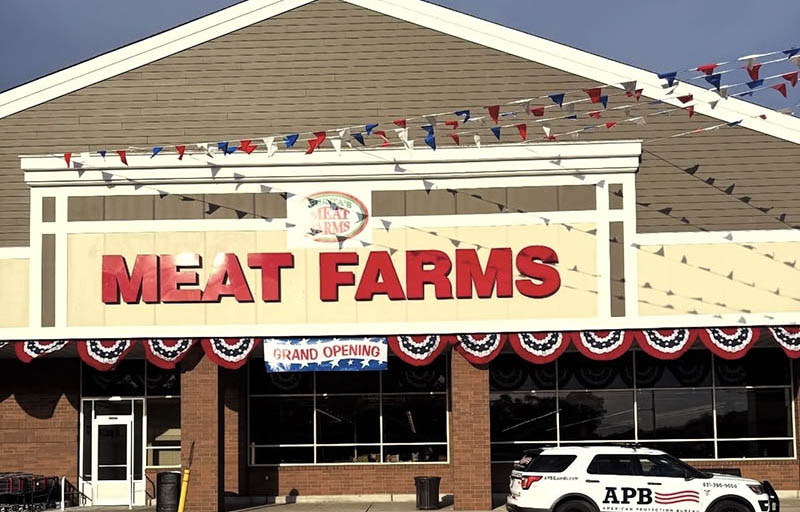
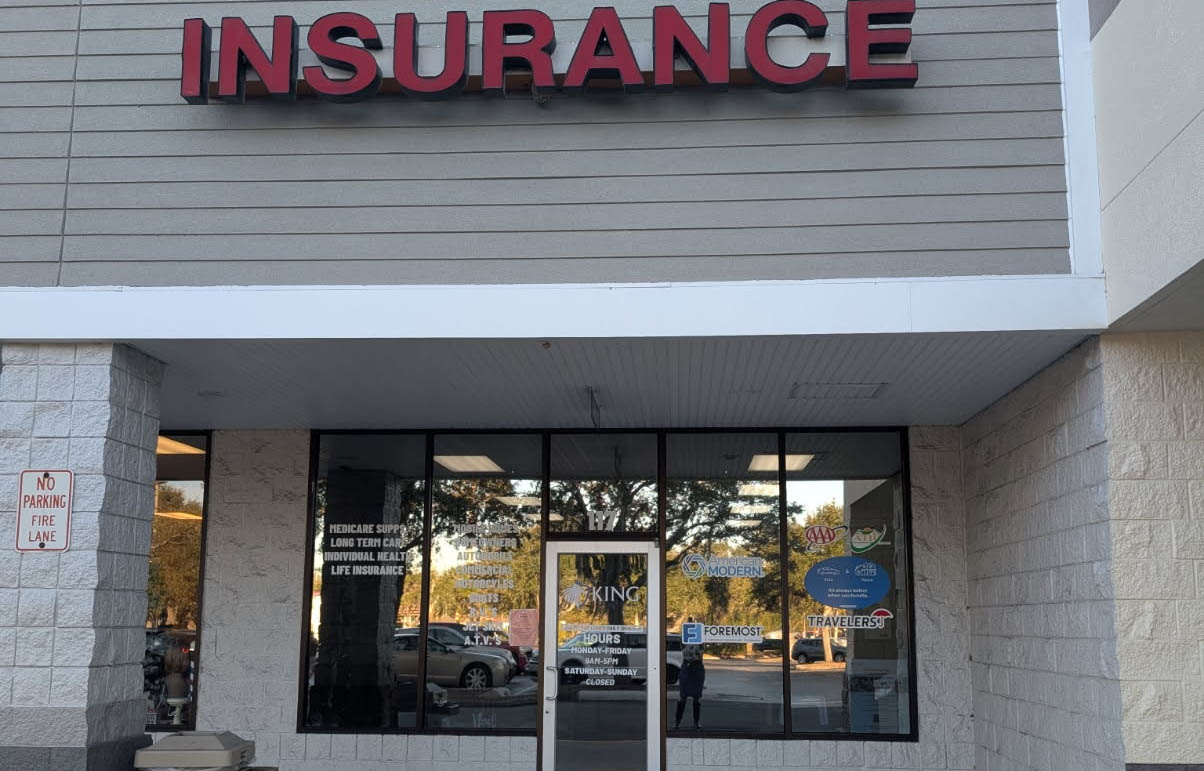

.jpg)
.gif)
.gif)